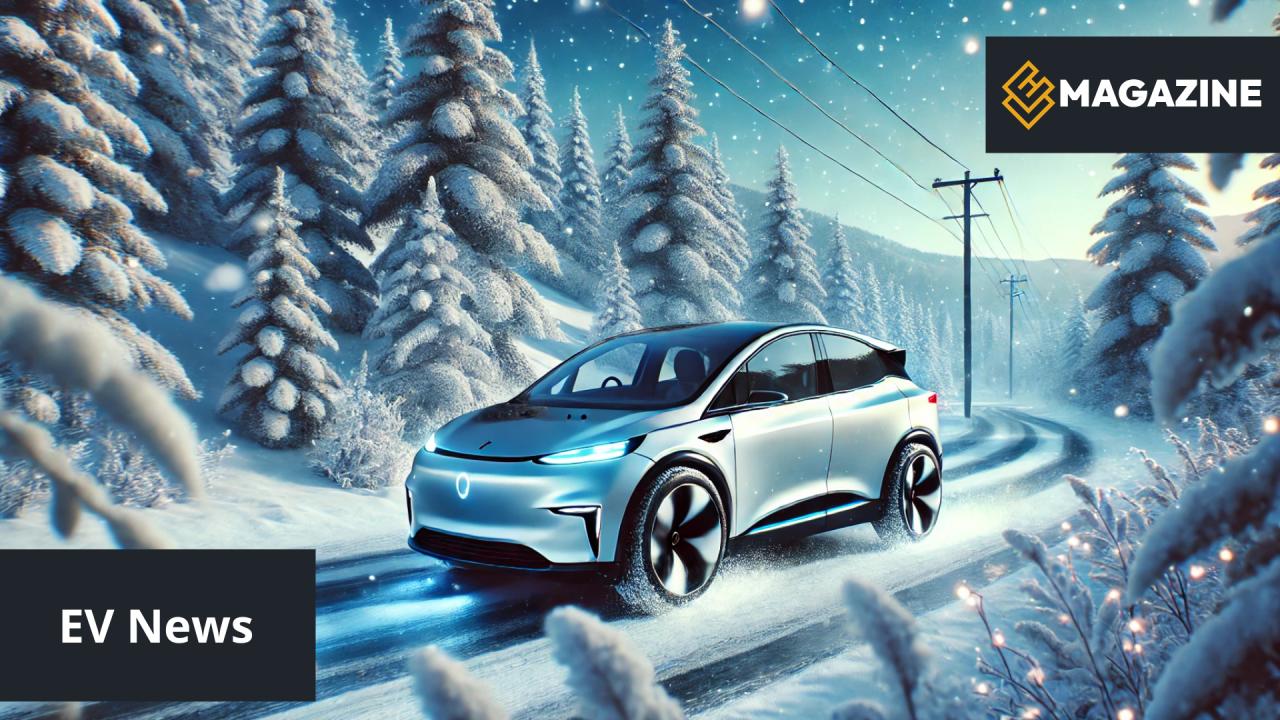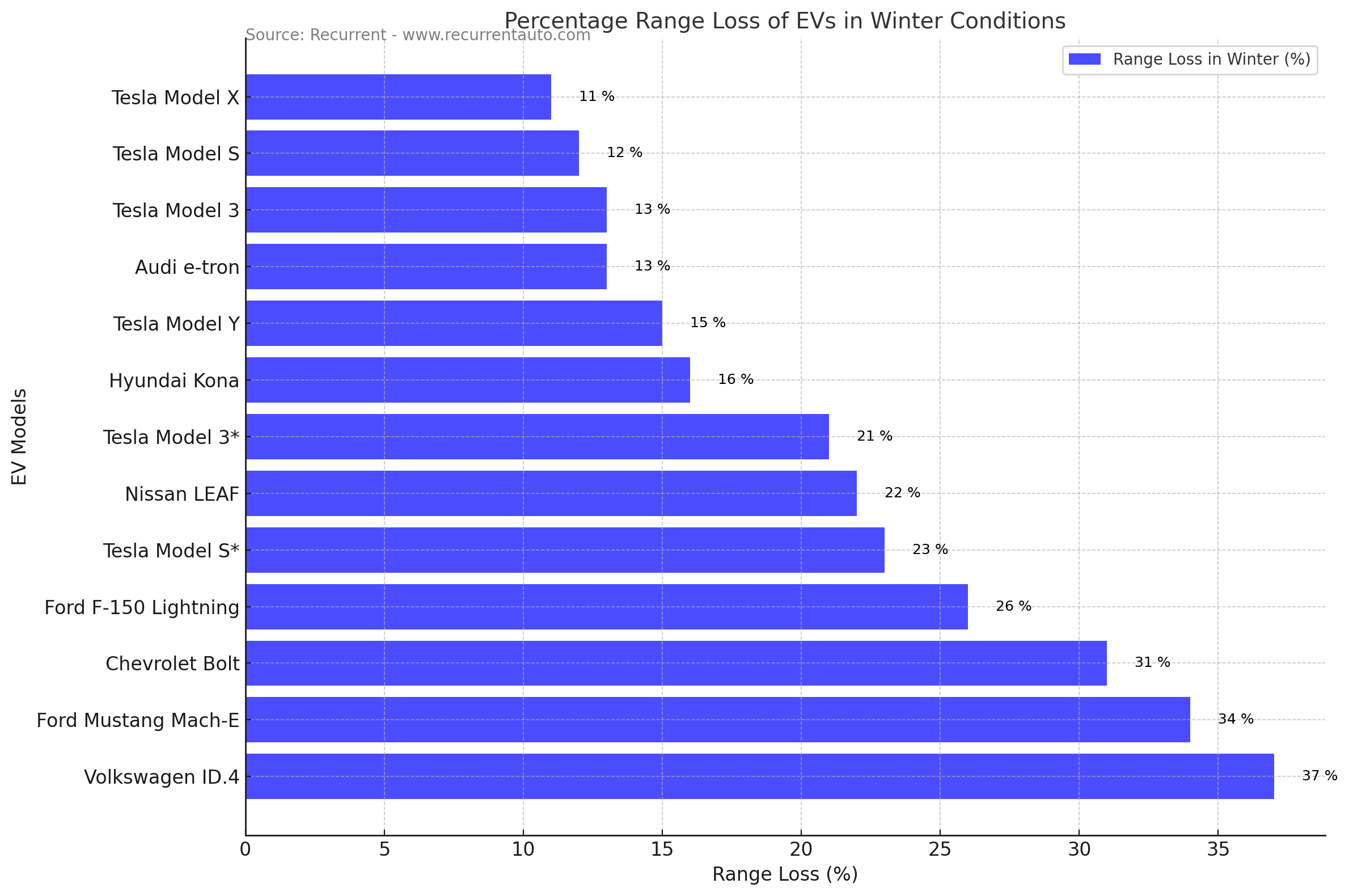Electric vehicles (EVs) face unique challenges during winter months. Cold temperatures reduce battery capacity and extend charging times, which can lead to concerns among drivers. Additionally, heating the cabin draws power from the battery, further reducing the vehicle's range.
A recent study by Recurrent found that the average range loss at 0°C (32°F) is 21%. However, this value varies significantly depending on the EV model and its heating technology.
Model Differences: Heat Pumps Make a Big Difference
The presence of a heat pump is one of the most crucial factors affecting winter range. Heat pumps use energy more efficiently, saving up to 10% of range compared to traditional heating systems.
For example, the Tesla Model X, equipped with a heat pump, loses only 11% of its range in winter conditions. In contrast, the Volkswagen ID.4, which lacks a heat pump, can lose up to 37%.
Preparing Your EV for Winter Driving
To ensure smooth winter driving with your EV, consider the following tips:
- Precondition the battery before charging, a feature available in most modern EVs.
- Choose a model equipped with a heat pump, if possible.
- Plan routes with accessible charging stations in mind.
While older EV models (built before 2020) may experience greater range loss, modern vehicles are equipped with technologies that minimize these challenges.
Which EV Models Perform Best?
Recurrent's analysis of 13 popular EV models reveals varying range losses. Below are some examples of percentage range loss at freezing temperatures:
- Tesla Model X: 11%
- Audi e-tron: 13%
- Tesla Model Y: 15%
- Hyundai Kona: 16%
- Volkswagen ID.4: 37%
Conclusion: Winter Driving with EVs is Manageable
Electric vehicles can perform well in winter if they are properly equipped and drivers understand how to use them optimally. Heat pumps and modern technologies help minimize the impact of cold temperatures on range. Preparation and knowledge are key to a hassle-free winter driving experience.
Zdroj: arstechnica.com, recurrentauto.com


